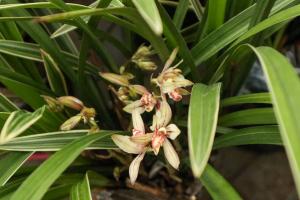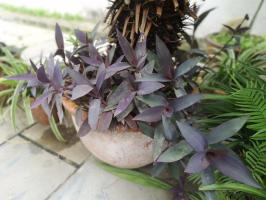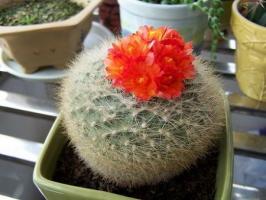How to Care for a Newly Planted Dogwood Tree
Planting a dogwood tree is a great addition to any landscape. With its delicate, colorful flowers and attractive foliage, it is sure to enhance the beauty of any garden. However, it's important to take good care of a newly planted dogwood tree to ensure its growth and health. In this article, we'll explore the steps you need to follow for effective dogwood tree care.
Choosing the Site
The first step to proper dogwood tree care is selecting the right site for planting. Dogwood trees prefer well-drained, acidic soil with a pH of 5.5 to 6.5. The area should also have good air circulation and receive adequate sunlight. Be sure to choose a spot that is protected from strong winds and doesn't receive too much direct sunlight. Once you've found the perfect location, it's time to plant the tree.
Planting the Tree
The planting hole for a dogwood tree should be twice as wide as the root ball but only as deep as the root ball. Make sure to loosen the soil at the bottom of the hole to help the roots establish. Carefully place the root ball in the planting hole and backfill with soil, making sure to remove any air pockets. Water the tree thoroughly to help settle the soil and encourage root growth.
Watering and Fertilizing
Regular watering is essential for newly planted dogwood trees. Water the tree deeply once or twice a week, ensuring the soil remains moist but not waterlogged. Avoid overwatering, as this can lead to root rot. When it comes to fertilizing, it's best to wait until the following spring to apply fertilizer. Use a slow-release fertilizer with a balanced NPK ratio to encourage healthy growth and blooming.
Mulching and Pruning
Adding a layer of mulch to the soil around the base of the dogwood tree can help retain soil moisture and regulate temperature. Avoid putting the mulch directly against the trunk to prevent moisture buildup, which can lead to rotting. As for pruning, it's best to wait until the tree enters dormancy before taking any action. Remove any damaged or diseased branches and shape the tree as needed.
Pest and Disease Control
Finally, it's important to be vigilant when it comes to pest and disease control for your dogwood tree. Aphids, spider mites, and scale insects are common pests that can damage the tree. Keep an eye out for signs of infestation, such as stunted growth or discolored leaves. If you spot any pests, treat the tree with an insecticide specifically formulated for dogwoods. Similarly, keep an eye out for signs of disease, such as powdery mildew or crown rot. Treating the tree with a fungicide can help prevent the spread of disease.
Conclusion
Caring for a newly planted dogwood tree requires patience, diligence, and attention to detail. By following the steps outlined above, you can help your dogwood tree grow and thrive for years to come. Remember to choose the right planting site, water and fertilize regularly, mulch and prune as needed, and be on the lookout for pests and disease. With proper care, your dogwood tree will be a beautiful addition to your garden and a source of joy and beauty for years to come.

 how many times do yo...
how many times do yo... how many planted tre...
how many planted tre... how many pine trees ...
how many pine trees ... how many pecan trees...
how many pecan trees... how many plants comp...
how many plants comp... how many plants can ...
how many plants can ... how many plants and ...
how many plants and ... how many pepper plan...
how many pepper plan...































